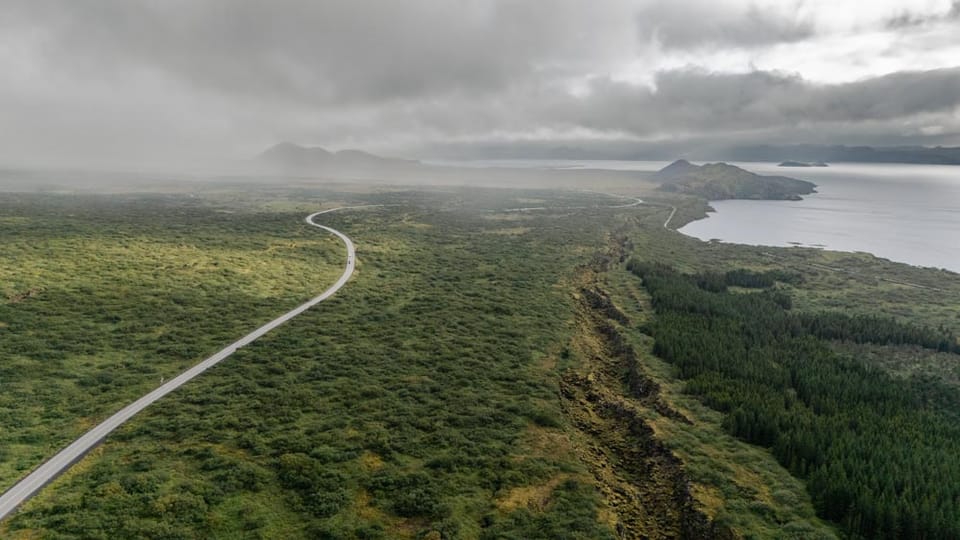
A Place where the Earth Cracks and History Unfolds - Þingvellir

Have you ever arrived somewhere and felt history? Not read about it. Not seen it in a documentation, but felt it. Like the place is alive with stories, conflict, and meaning.
It happens in places like the Reichstag in Berlin, where cold walls still seem to echo the roar of political speeches. When you stand before the Taj Mahal in India, breathing in the scent of rosewater as marble glows in the morning light and suddenly feel the love, loss, and longing that built it. Or looking out from Gettysburg’s rolling hills, where the wind still smells faintly of gunpowder and seems to carry distant screams. It happened to us in Þingvellir.
Into the Rift
We came from the north, taking one of Iceland’s famous F-roads. These are rough, unpaved highland routes, often only accessible with four-wheel drive and a good dose of respect. No shops. No houses. No people. Just raw Icelandic wilderness, stretching endlessly in every direction.
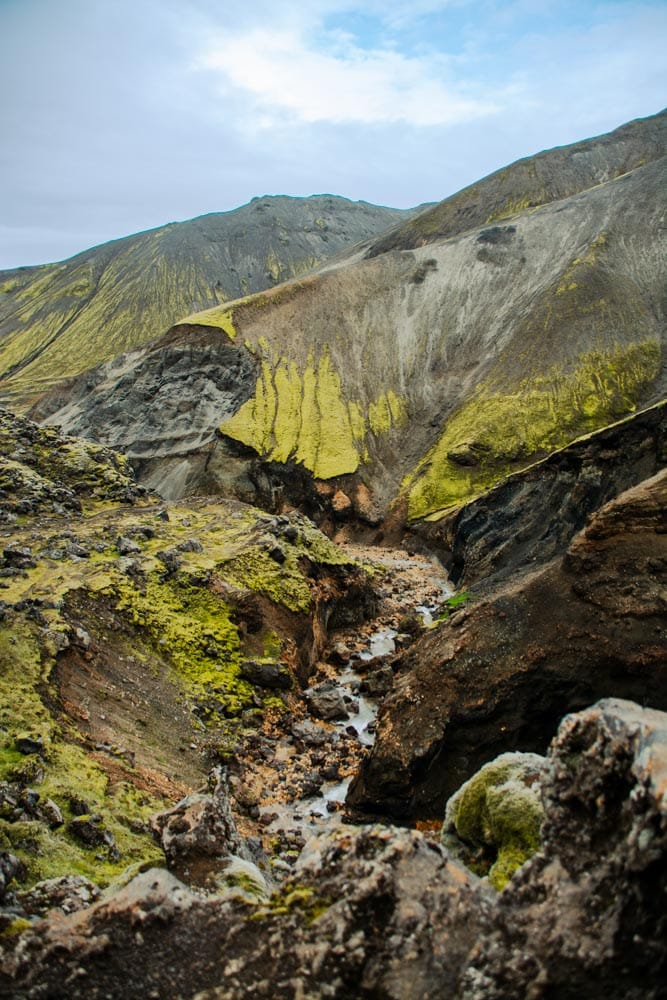
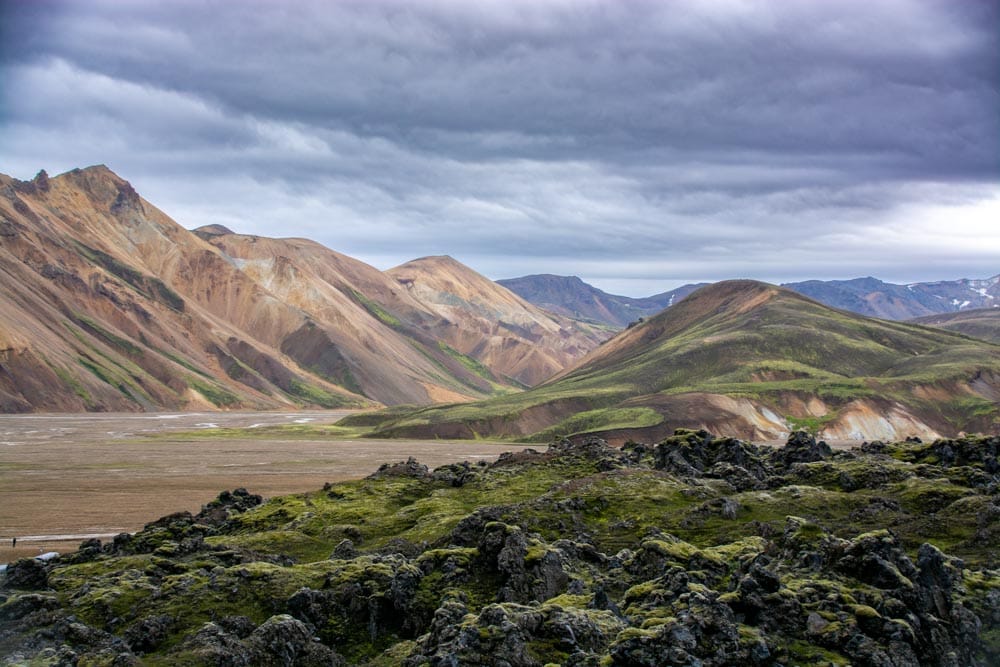
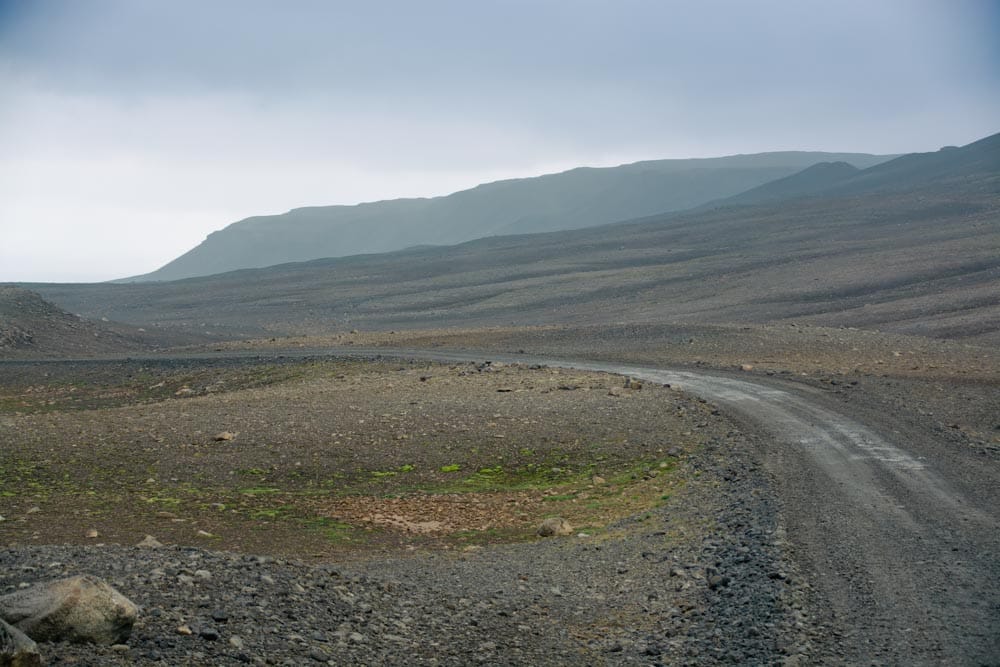
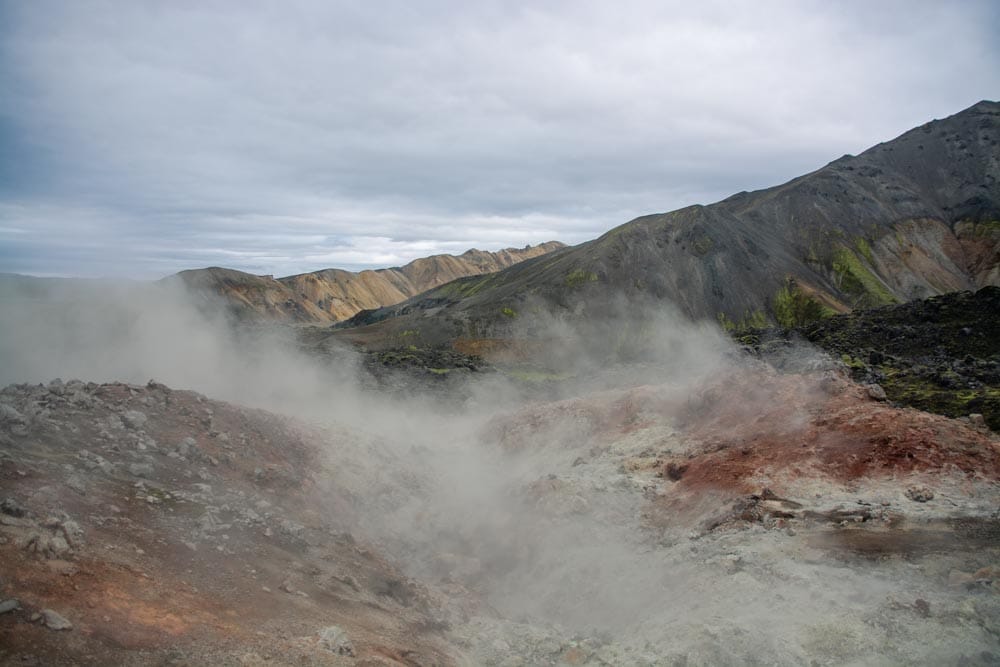

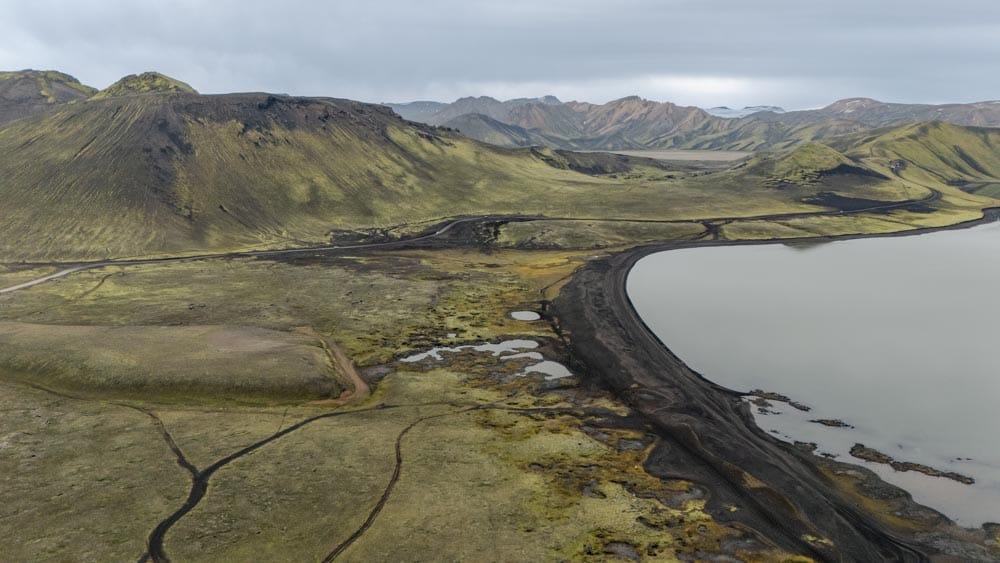

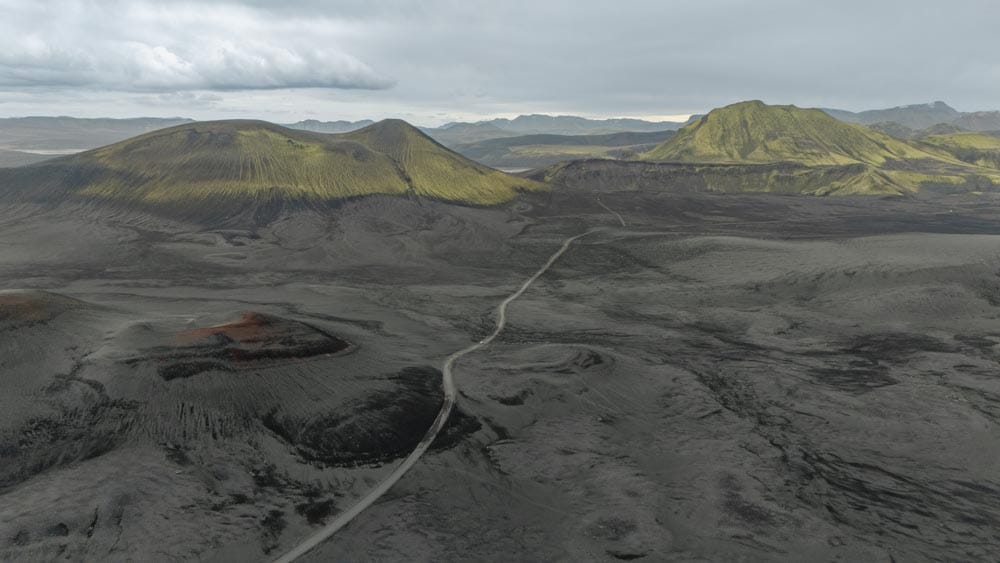
Then the road crests a small peak. We descend. And there it is. A wide valley. A still lake dotted with islands. And a deep scar cutting across the land. Two dozen of meters high. A sudden shift. It looks unnatural, as if the earth was cut by a giant knife. A wound that not healed.
It’s not just a metaphor. This is where the Eurasian and North American tectonic plates meet. Or rather: drift apart. Every year, Iceland grows a few millimeters wider, and Þingvellir lies in the gap between two worlds. Geology made visible. You can even dive between the continents in the crystal-clear waters of the Silfra fissure, divers drift through a crack in the earth itself.

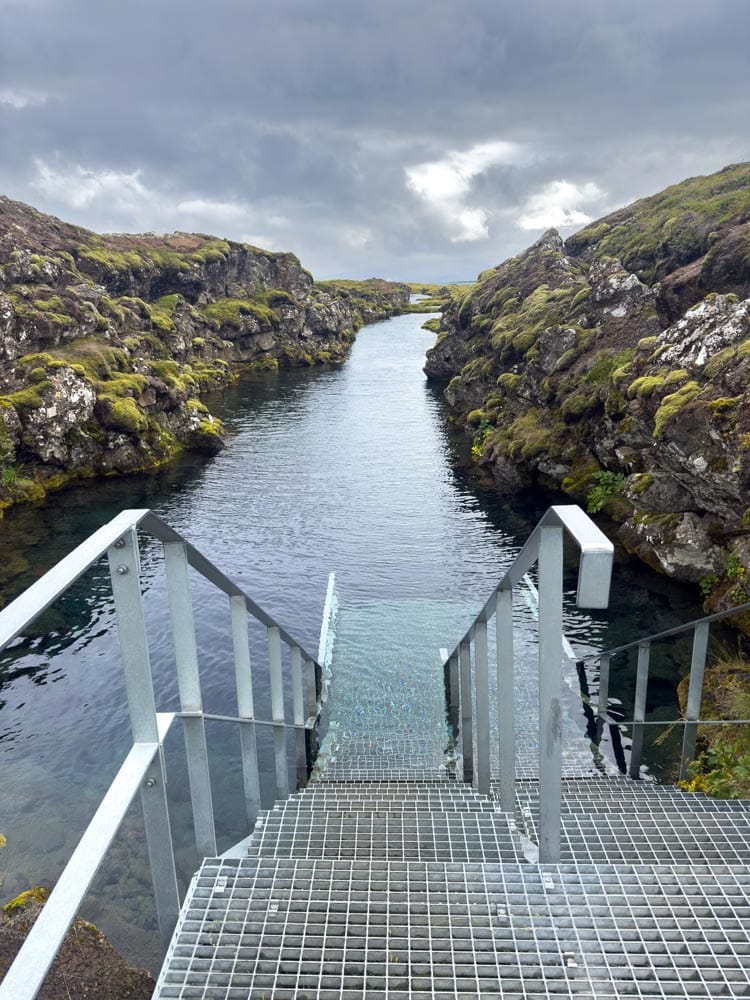
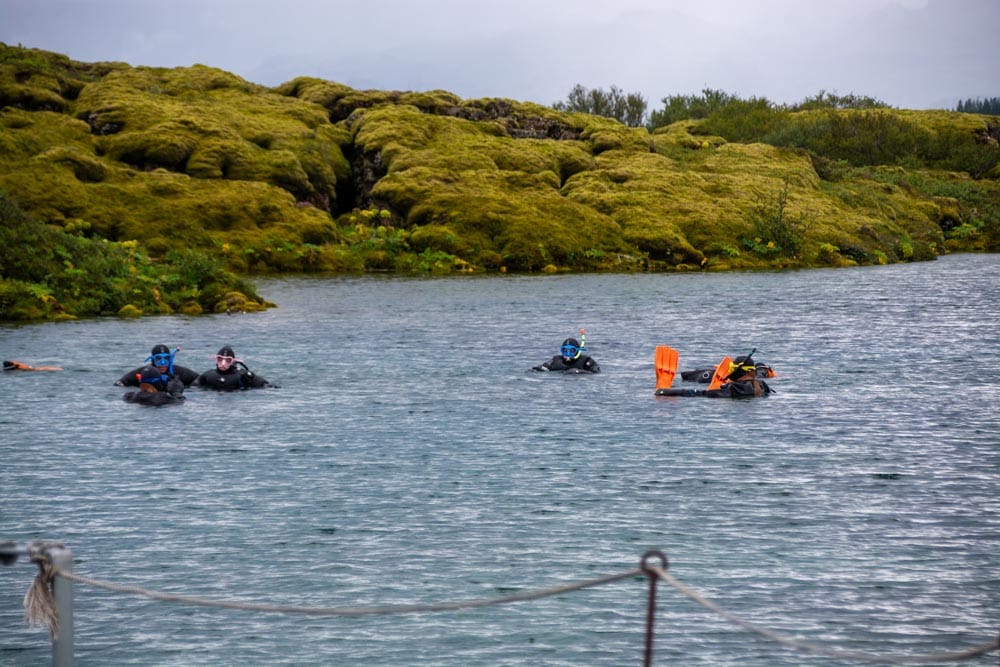
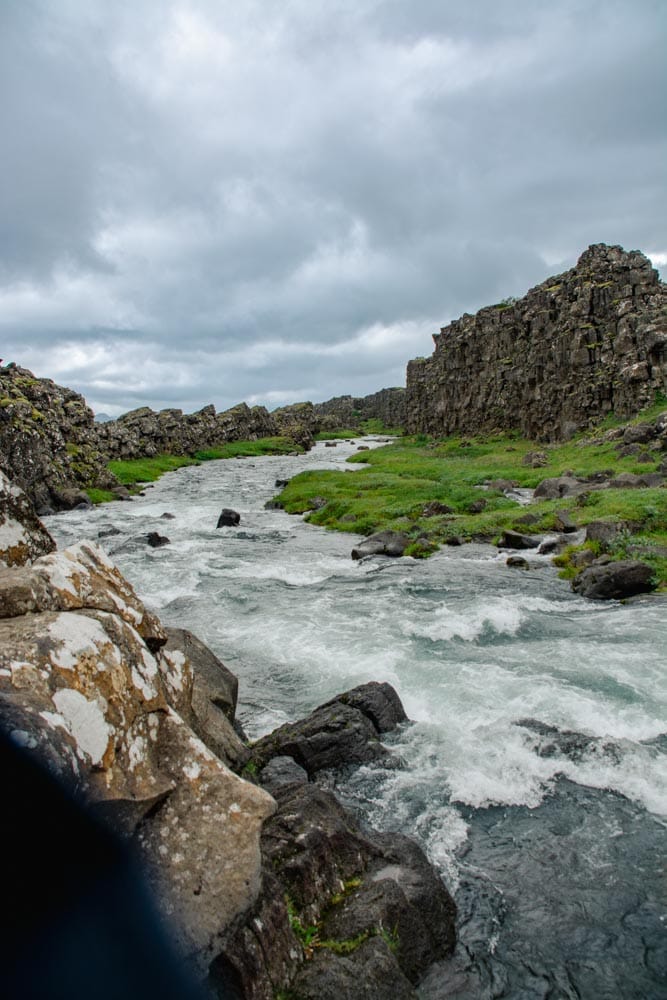
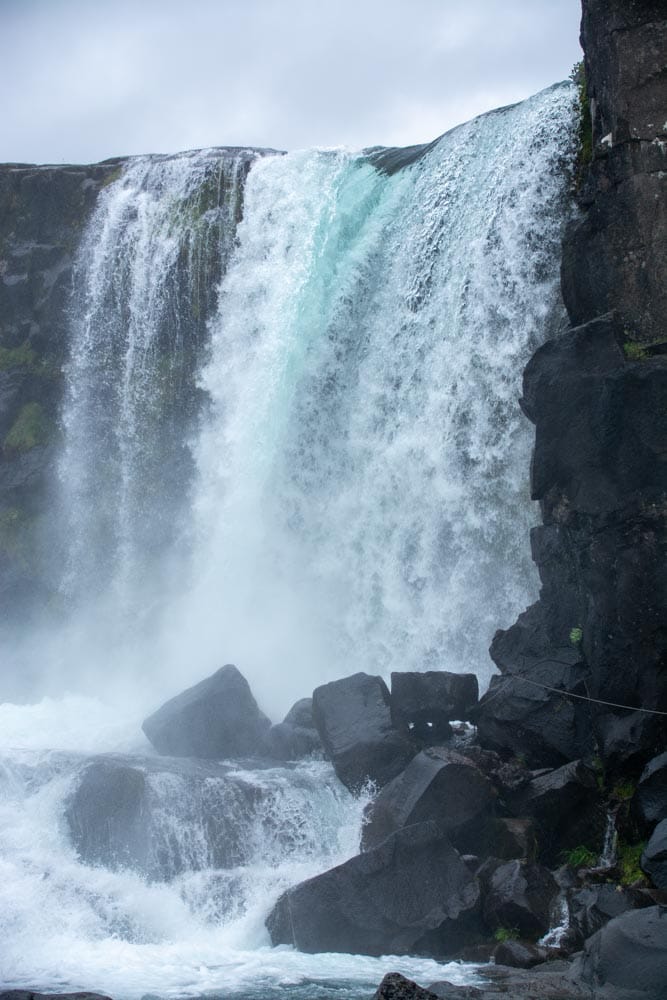
What’s remarkable is that the ancient Icelanders chose this exact place for their assembly without knowing its geological significance. Somehow, unknowingly, they placed the heart of their society right at the earth’s belly button, the symbolic navel where two continents touch and pull apart.
But the real magic here isn’t just physical. It’s political. Cultural. Human.
The Birthplace of Parliament
This belly button is Þingvellir, meaning “the fields of the assembly.” In 930 AD, Iceland’s chieftains chose this spot to form something radical: a gathering of equals. No kings. No castles to display dominance. No crowns or thrones to signal authority. Just law. It was a kind of democratic blueprint. Remarkable for its time, and still inspiring today.
They met once a year at the Alþing ("the assembly") to recite laws, settle disputes, and forge decisions. This was 500 years before Gutenberg invented the printing press. Laws had to be memorized, recited aloud, and passed down to keep them alive in the minds of the people. For two summer weeks, this wild, uninhabited place became the heartbeat of a stateless society.
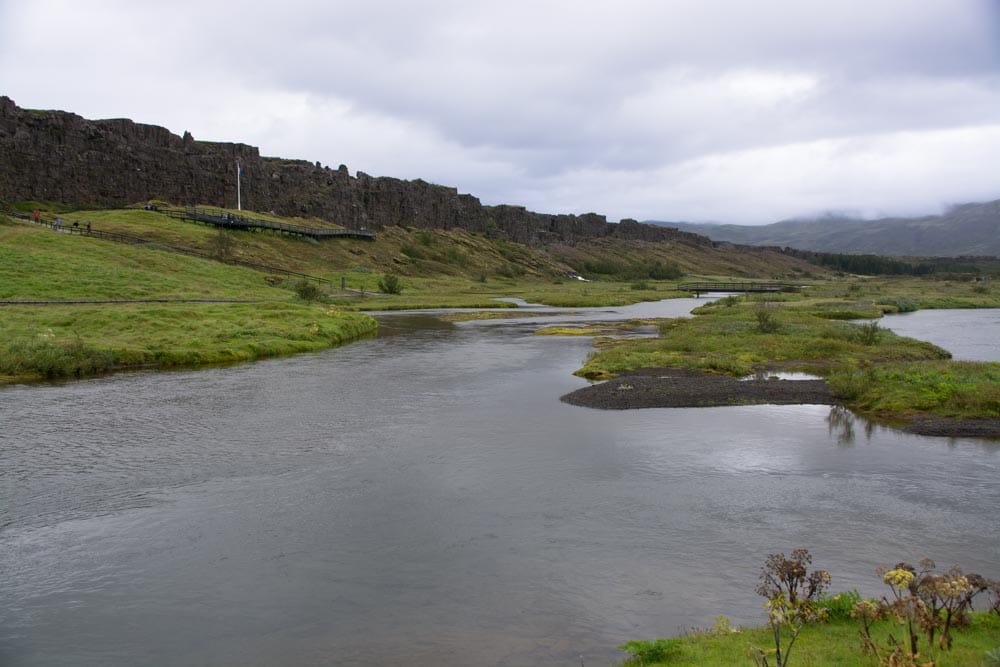
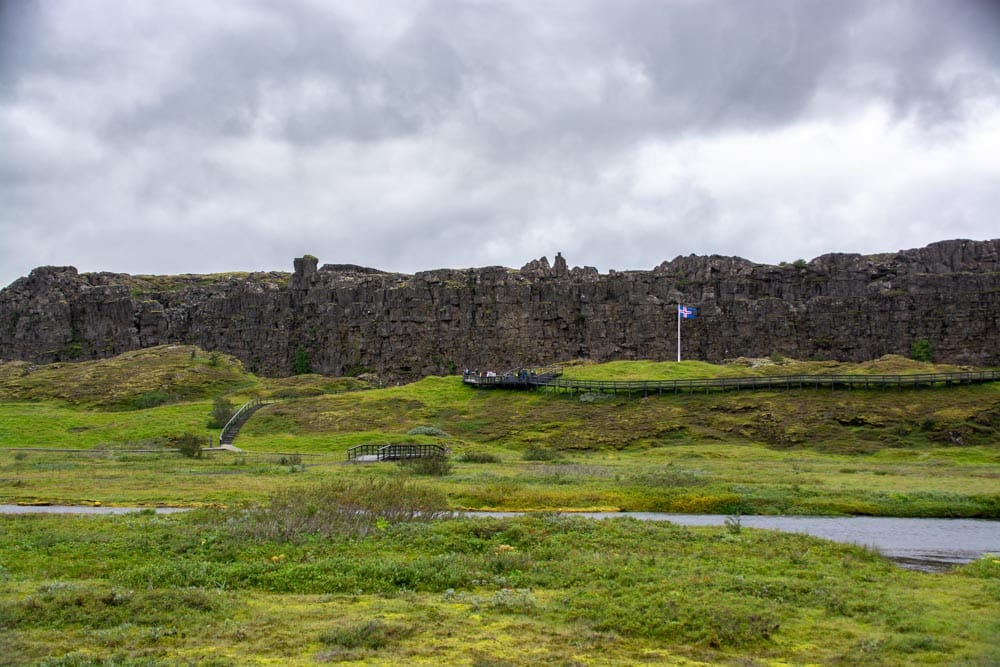
Lögberg, where voices shaped a nation in silence.
A temporary capital for up to 4,000 people. It wasn’t just politics. It was market. Festival. Matchmaking fair. And it worked. Long before most of Europe moved past feudal lords and absolute monarchs, medieval Icelanders were holding each other accountable, yearly, through talk, not war.
That spirit still lingers in the air here. You can almost hear the voices echo across the rocks.
A Nation Becomes Christian, without bloodshed
One of the most extraordinary moments in Þingvellir’s history came in the year 1000 AD. Iceland stood at a crossroads: Paganism or Christianity? Paganism, in this context, meant the traditional Norse beliefs, a pantheon of gods like Odin and Thor, rituals tied to nature, and a worldview rooted in mythology and oral tradition.
Tensions were rising. Christianity was spreading across Scandinavia, often by force. But in Iceland, the debate unfolded here at Þingvellir between those who followed the old gods and those who embraced the new faith. Each side had chosen its own lawspeaker. A symbolic and practical move that meant each camp was now guided by its own laws and judgments. In essence, there were two parliaments, two legal systems, two visions of the future. Some feared civil war.
The pagan lawspeaker lay down under a fur cloak and spent a full day and night in deep thought. He was torn between loyalty to the old gods and the responsibility of keeping peace in a fragile land. Should he stand firm in tradition and risk a bloody divide, or find a way to unite the people through compromise? In the end, he embraced the harder path, not conflict, but common ground. He rose and made a decision: Iceland would adopt Christianity, but quietly allow certain pagan practices in private, for now.
And so it happened. What a wise decision, allowing private pagan practice gave strict followers of the old gods the dignity of continuity, while satisfying the Scandinavian Christian kings with an official conversion. It was a wise peaceful bridge between two worlds.
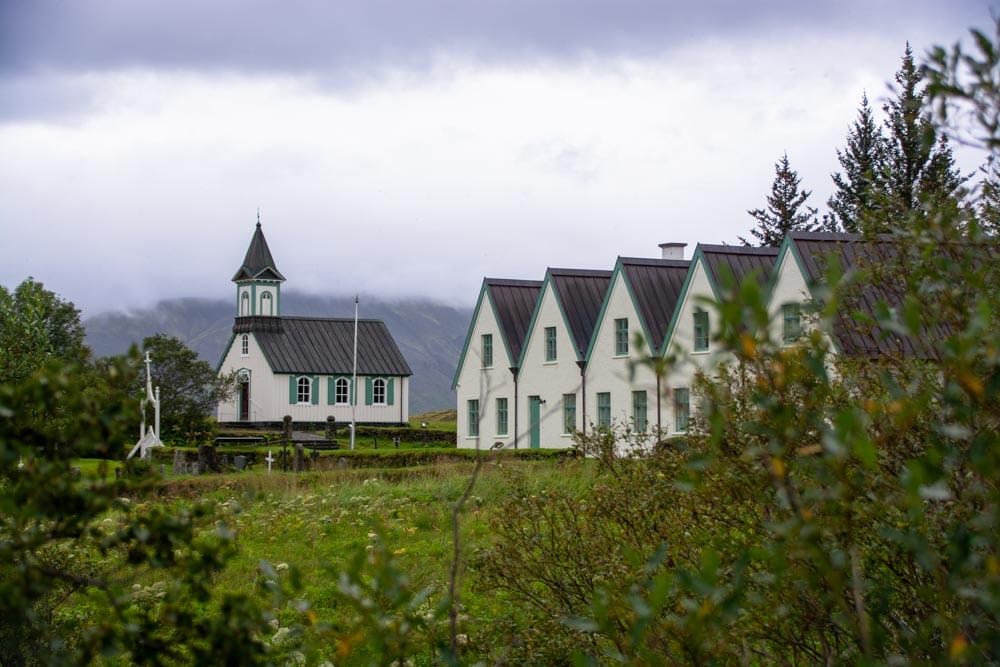
No blood was shed. A nation converted, not by sword, but by consensus. In a volcanic land where the earth constantly cracks and trembles, it was law, not violence, that held people together.
A Place that did not change — and changed Everything
Standing in Þingvellir today, there’s no monument shouting at you. No tour guides in costumes. Just silence. Wind. Rocks. And stories. It’s a place where people decided to rule themselves. Where disagreement didn’t end in blood. Where the ground itself keeps slowly moving even today, just like history.
If you made it until here, thank you. We apologize for the length of this article. But connecting with history is the way Annika and I connect to the land we travel. To understand more about the people. To bond. To let us remember better what and where we visited. We hope you enjoyed this story about Iceland.
Explore. Dream. Discover.
